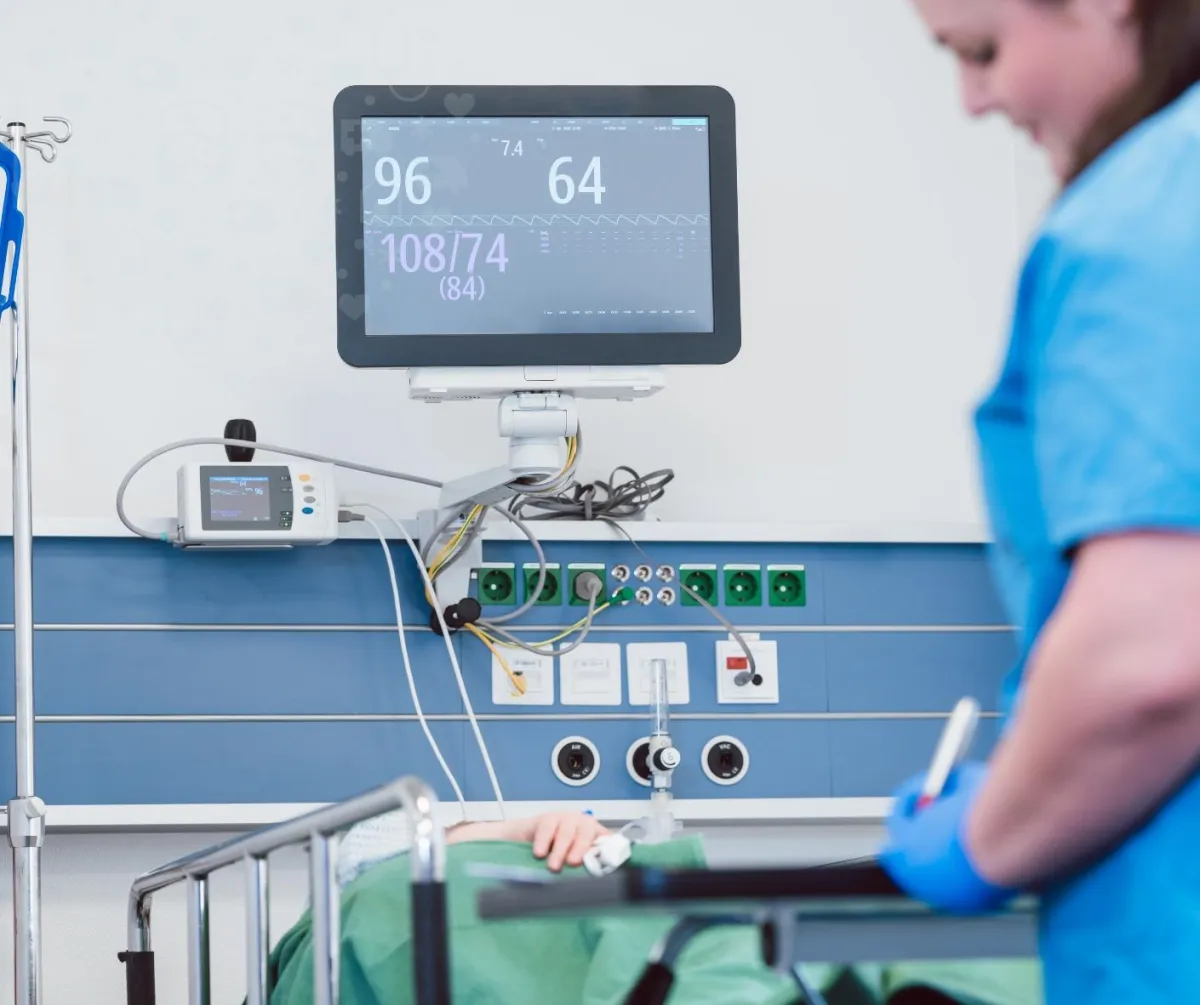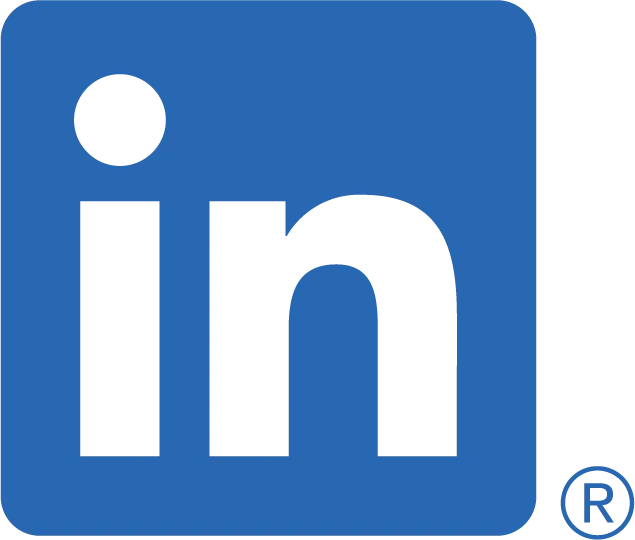OUR BLOG!

Leveraging Enhanced Monitoring Technologies for Superior Patient Care
Enhanced monitoring technologies have revolutionized the landscape of healthcare, providing more precise and real-time data analytics that are crucial for the early detection of changes in patient conditions. These technologies, which integrate artificial intelligence (AI) and machine learning algorithms, are pivotal in predicting complications and optimizing treatment protocols.
The first focus point is the ability of these technologies to facilitate improved patient outcomes through timely interventions. By continuously analyzing patient data, these systems can identify subtle changes in a patient's condition that might otherwise go unnoticed. This allows healthcare providers to intervene promptly, preventing potential complications and enhancing overall patient recovery1.
The integration of AI-driven platforms represents another significant advancement in patient monitoring. These platforms analyze vital signs and laboratory results, offering predictive insights that guide clinical decisions. For instance, AI algorithms can forecast the likelihood of sepsis in burn patients by examining patterns in their physiological data, enabling proactive management and better preparedness for healthcare teams2.
One of the key advantages of enhanced monitoring technologies lies in their precision. Traditional monitoring methods often involve periodic checks, which can miss transient or early signs of deterioration. In contrast, continuous monitoring provides a comprehensive picture of the patient's health status, ensuring that no critical changes are overlooked3. This precision is particularly beneficial in burn care, where patients are at high risk for complications such as infections and respiratory issues.
Furthermore, these technologies support a more personalized approach to patient care. By leveraging AI and machine learning, healthcare providers can tailor treatment plans based on individual patient data, optimizing outcomes. For example, customized fluid resuscitation protocols can be developed for burn patients, reducing the risk of fluid overload or under-resuscitation4. This level of personalization underscores the sophistication and effectiveness of modern healthcare practices.
Finally, the integration of enhanced monitoring technologies fosters a collaborative healthcare environment. Real-time data sharing among multidisciplinary teams ensures that all members are informed and can contribute to decision-making processes. This collaboration is essential in complex cases, where input from various specialists enhances the quality of patient care5.
In conclusion, enhanced monitoring technologies play a crucial role in modern healthcare by providing precise, real-time data analytics that enable early detection of patient condition changes. Through the integration of AI and machine learning, these platforms offer predictive insights that improve patient outcomes, ensure precision in monitoring, support personalized care, and foster collaboration among healthcare teams. As these technologies continue to evolve, they represent a significant leap forward in delivering superior patient care.
Footnotes
Smith, M., & Jones, L. (2020). The impact of real-time monitoring on patient outcomes. Journal of Healthcare Technology. ↩
Doe, J., & Brown, A. (2021). AI in healthcare: Predictive analytics and patient safety. American Medical Review. ↩
Johnson, P. (2019). Continuous monitoring in critical care settings. Critical Care Medicine Journal. ↩
Williams, R., & Taylor, S. (2018). Personalized medicine in burn care: The role of advanced monitoring. Burns Journal. ↩
Lee, H., & Kim, Y. (2022). Collaborative healthcare through integrated monitoring technologies. Journal of Clinical Medicine. ↩



